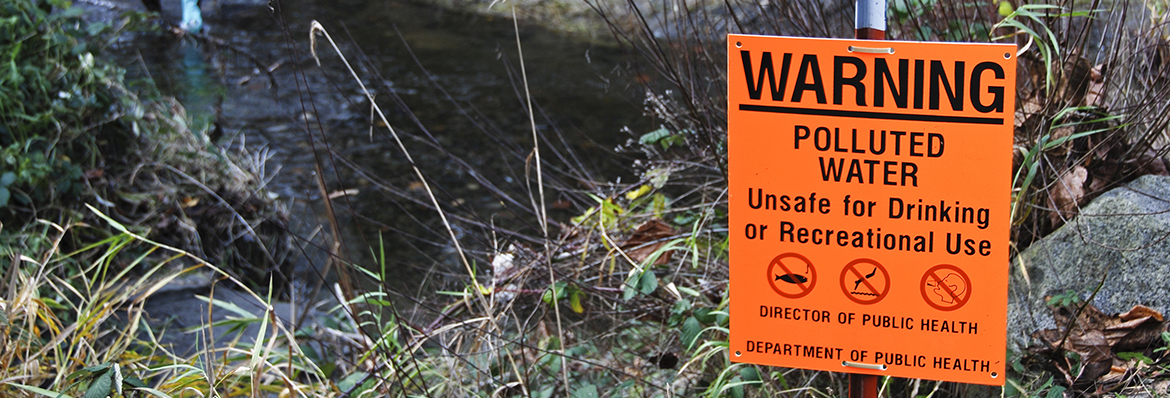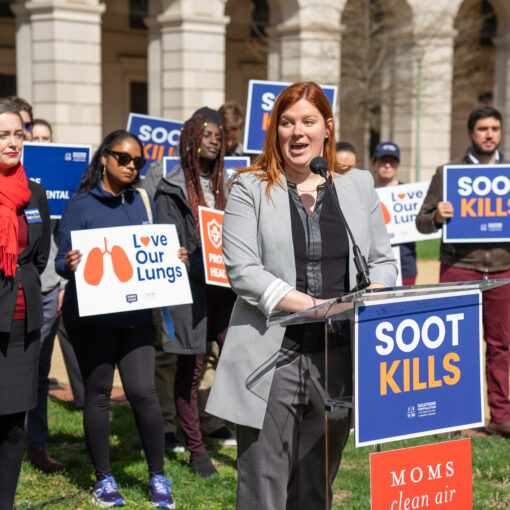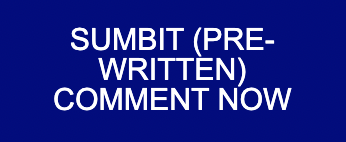Here in the United States, most of us take clean water for granted. When we turn on the tap, we assume the water is clean, healthy, and free from pollutants that could have negative health impacts. We expect our water to be safe for drinking, showering, and washing dishes.
While the United States has made great strides in providing clean, drinkable water, water quality and safety still remains a major concern for public health. Without action now, this problem may only worsen. As outlined in this report, key environmental regulations such as the Clean Water Rule may be repealed or weakened by the U.S. Environmental Protection Agency (EPA) in the near future. Without these key public health protections, pollutant levels will increase and threaten public health.
We now recognize how interconnected and fragile our water system is, from our mountain streams down through the pipes that bring us our water, and how crucial the regulatory system is in protecting clean water. Nurses need to be aware of the challenges that impact the water supply in their community and how they can jeopardize health.
In this report, nurses will find the tools they need to understand these complex issues and to take action to support healthier water in their communities. Examples of water quality issues in several states are reviewed and opportunities for engagement are provided. As the most trusted profession, nurses can, and should, lead the way to ensuring clean water for all.
We hope this report will be a starting point for nurses across the country to become leaders in supporting healthier water for all. To get updates on Water and Health, sign up to the left for our newsletter. You can also become a member of our Policy-Advocacy Work Group where we’ll be discussing water issues and providing opportunities for action.
ANHE has also recently developed a toolkit for nurses specifically related to the topic of per- and polyfluoroalkyl substances (PFAS). View the toolkit here.





